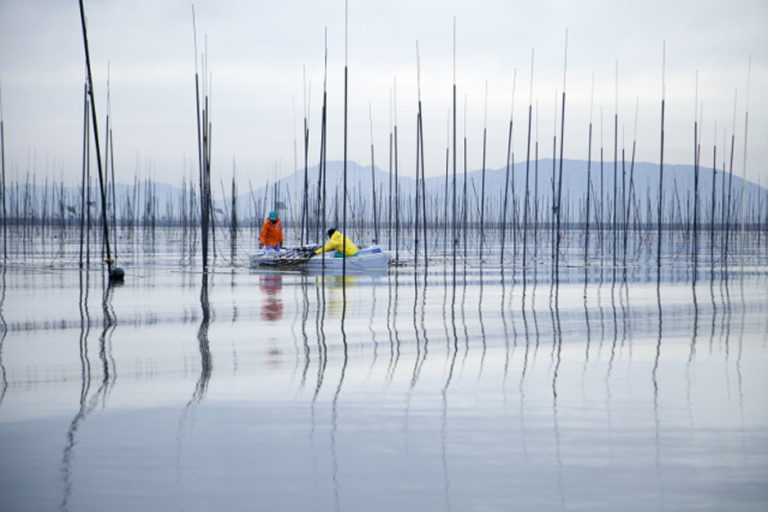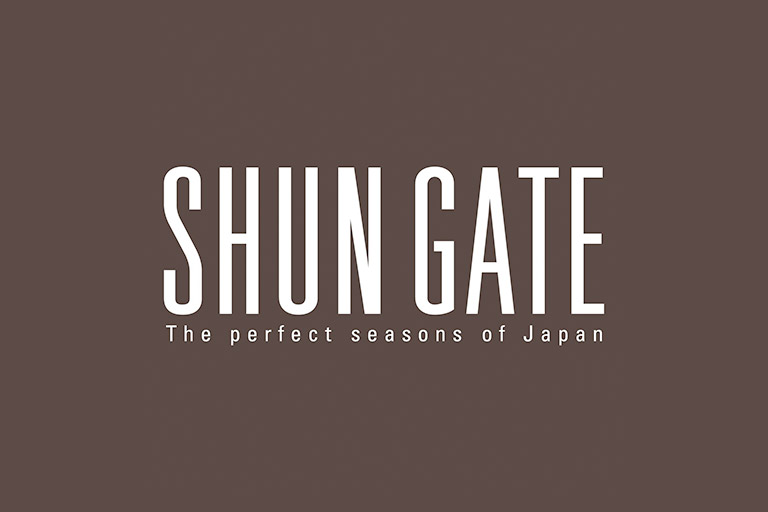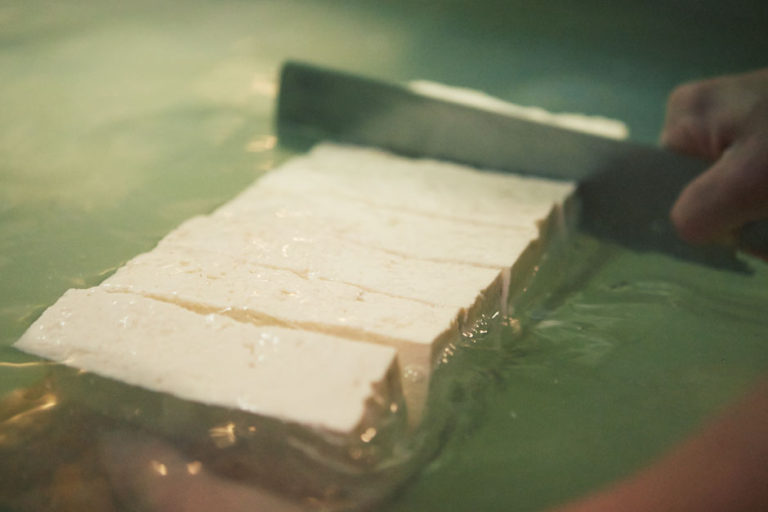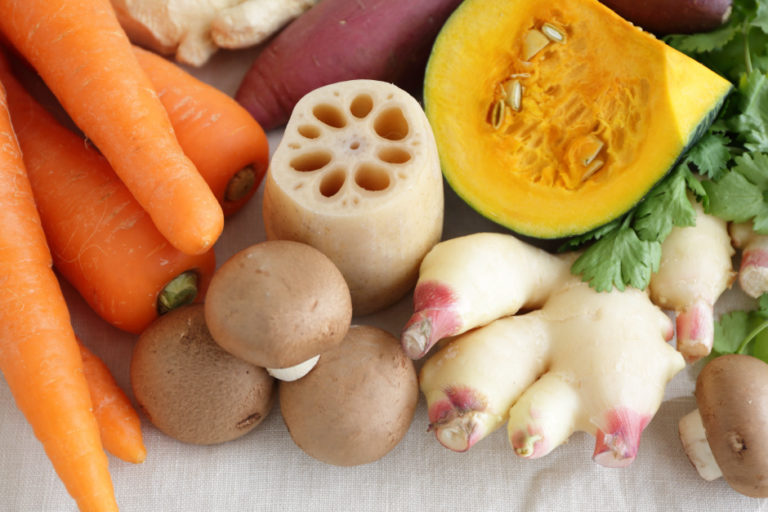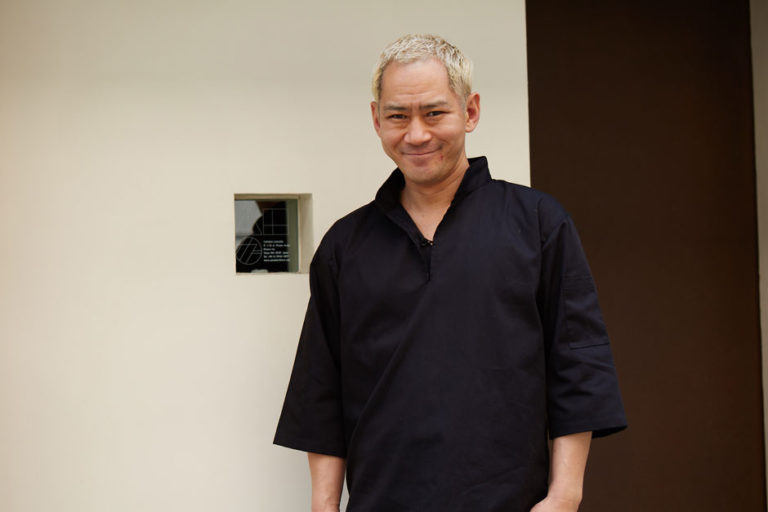Seasonal onigiri is a delight
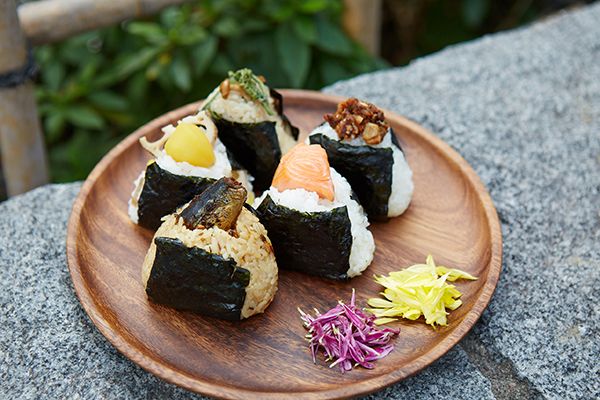
Onigiri?rice balls that contain a tasty filling and are often wrapped in seaweed?are the perfect snack for an outing. Often called the soul food of Japan, onigiri are just the right size to pop in your bag for a quick snack. Onigiri are easy to make at home, but you can also find them in convenience stores, and they’re often on the menu at pubs and drinking houses.
You can put almost anything inside an onigiri, but the seasonal goodies available in autumn are somehow the best. The SHUN GATE Editorial Department has found a number of great combinations for you to try.
Onigiri ideas for the autumn season
Nori: The key to the perfect onigiri
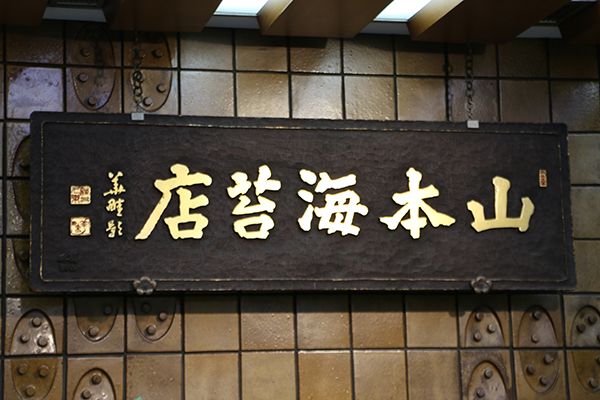
Onigiri are generally shaped like a triangle, or sometimes like a short cylinder, but their defining feature is the nori (seaweed) that they are wrapped in. Sometimes the nori covers the onigiri completely; at other times, it covers only a small section. There are many different ways to wrap an onigiri with nori, but one thing’s for sure: onigiri wouldn’t be the same without it.
To find out more about nori, we visited Yamamoto Noriten, a company that has been making nori at its original premises in Nihonbashi for some 165 years, and spoke with its director Takahiro Yamamoto.
How nori met onigiri

So when did nori become such an integral part of onigiri? “Nori has been part of the Japanese diet since ancient times,” says Yamamoto, “together with fish and shellfish. The Taiho Code, a set of laws enacted during the Asuka period, specifically mentions that taxes could be paid in not only rice or grain, but also nori. Nori sheets were first produced in the Edo period by applying the Asakusa paper-making technique to nori harvested from Tokyo Bay. It was soon discovered that these nori sheets were perfect for wrapping around rice, and this, combined with the rising popularity of sushi shops in Edo-period Tokyo, led to an explosion in production volumes.”
Nori brings out the best in a variety of dishes
The advent of nori in sheet form helped to extend its popularity and spawned a new wave of culinary inspiration. “Nori suits a range of food types,” says Yamamoto. “It’s not just limited to rice. And nori is the only foodstuff that contains all three main natural flavor enhancers: inosinic acid (found in katsuobushi [dried bonito flakes] and niboshi [dried small sardines]), glutaminic acid (found in kombu seaweed), and guanylic acid (found in shiitake mushrooms). Any one of these makes a food taste good; to have all three is exceptional, and is the sole preserve of nori. So nori doesn’t just taste good on its own, it enhances the flavor and aroma of anything you put it with.”
When is the best season for nori?
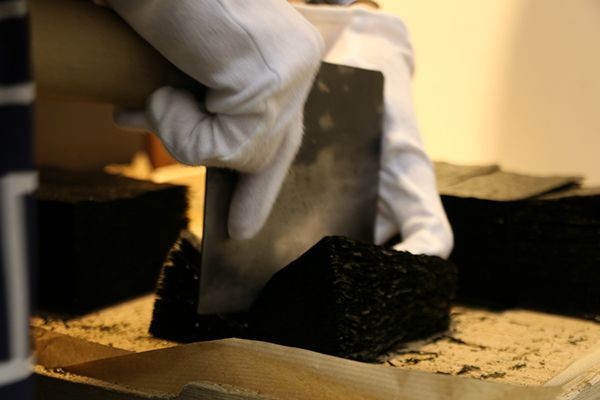
Nori is an integral part of Japanese cuisine that can be eaten all year round, but when is the best time of year for it? “Nori is harvested from late November through to March,” notes Yamamoto. “The seeds attach themselves to shellfish and then start growing. Nori becomes stiffer over time and starts to lose its flavor, so the early harvest in late November is generally the softest and tastiest. Nori is best when it’s roasted?it melts in your mouth and delivers a phenomenal flavor burst. It’s obviously best to use soft nori for onigiri. Incidentally, you should always try to wrap the nori around your onigiri just as you’re about to eat it, otherwise the moisture in the rice can affect its flavor.”
Seasonal nori production
The main difference between nori from Japan and nori from other countries is that there is a stronger focus in Japan on the softer, early-harvest nori. Yamamoto Noriten stocks early-harvest nori along with a range of other nori products. Experienced testers sample all products for taste and appearance prior to shipment. “You can’t beat the taste of nori that’s been prepared by hand with painstaking attention to detail,” says Yamamoto. Nori harvested from the Ariake Sea is notable for its exceptionally high levels of essential nutrients. Japanese nori is not that common overseas, so foreign visitors to our shores are often surprised at just how good the domestic product can be.”
SHUN GATE will be doing a special feature on the Ariake Sea in November to coincide with the nori season. What is the secret to making such beautifully soft and flavorsome nori? Find out in November!

